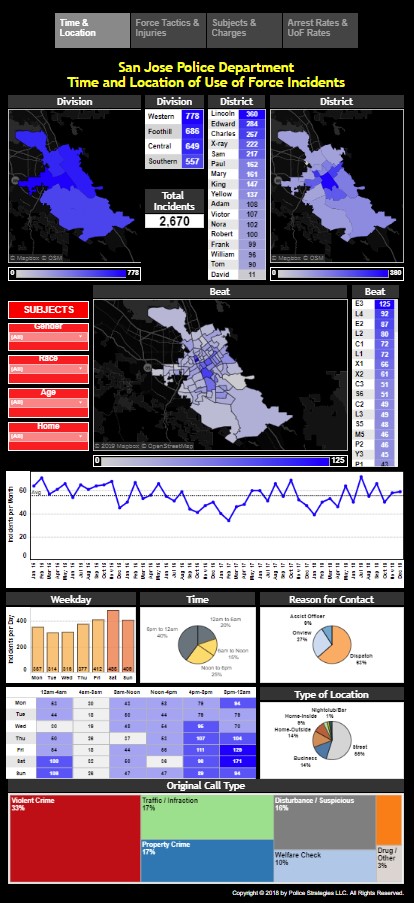Police Force Analysis System℠
Powerful analytics – Cost Effective – easy to use
The Police Force Analysis System℠ (PFAS) transforms existing incident reports and officer statements into interactive dashboards that provide a strategic warning system to identify risk and develop effective solutions.
PFAS currently has data from 100+ law enforcement agencies from 8 states. While PFAS is designed to be a risk management tool, some departments have posted abbreviated versions of PFAS online to enhance transparency and provide information to the community. Click on the buttons below to see examples of these online dashboard systems.
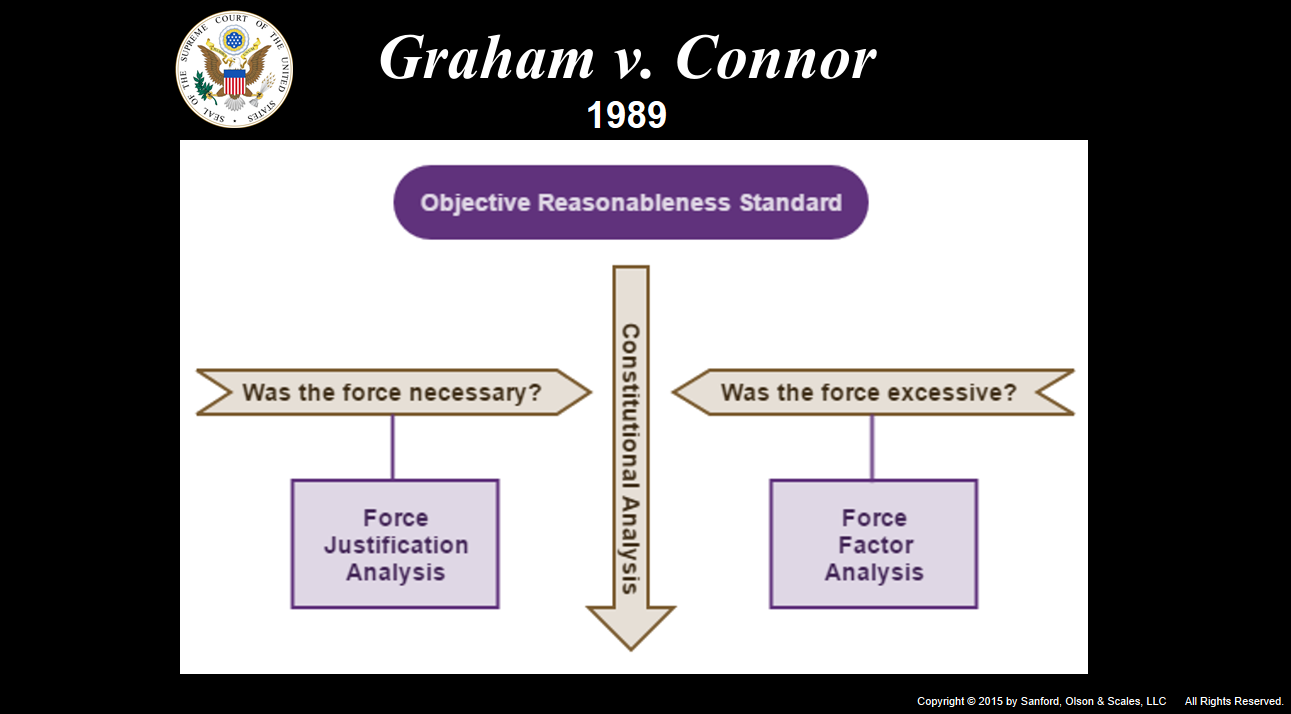
risk assessment
Each use of force report is analyzed under the US Supreme Court standards outlined in Graham v. Connor. Agencies can quickly identify those incidents and officers that create risk and liability as well as patterns and trends that need to be addressed by new policies or training.
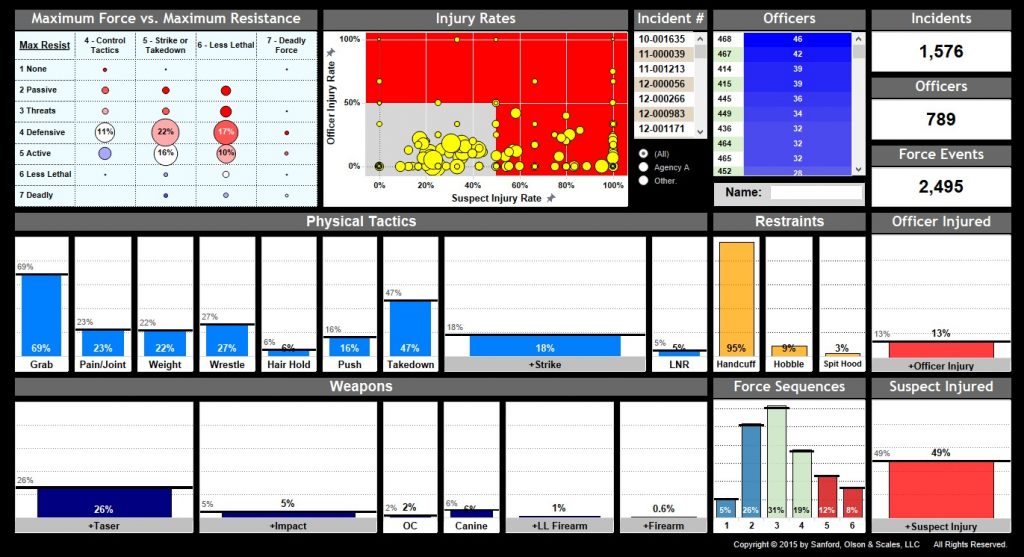
Detailed analysis
Over 150 variables are extracted from each report providing in-depth analysis of officers, suspects, injuries, force techniques, weapons, time and location. The intuitive user interface allows managers and supervisors to quickly and easily answer virtually any question posed.
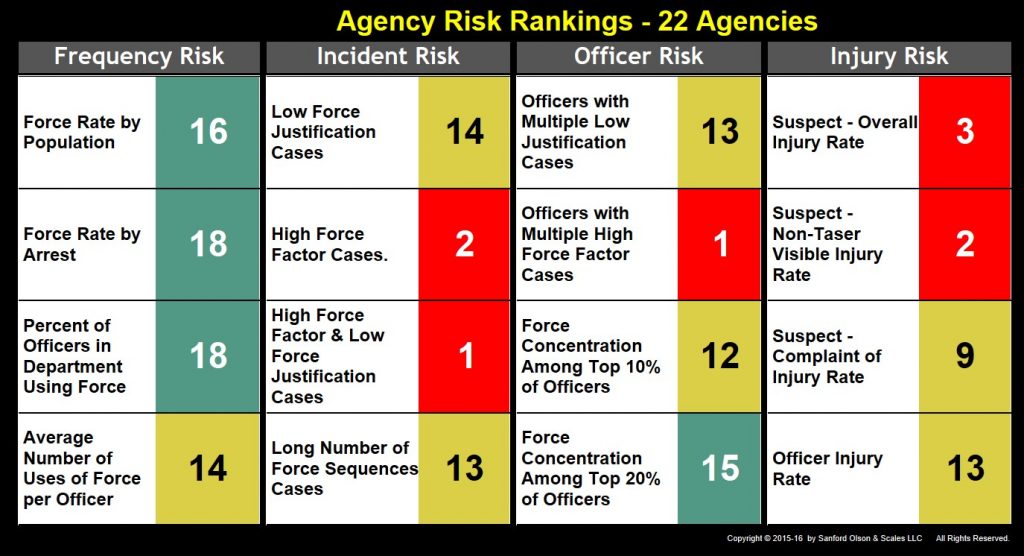
Interagency Comparison
For the first time law enforcement agencies are able to compare their force practices and outcomes with their peers. Key performance indicators (KPI) can be tracked across departments using heat maps and evidence-based best practices can be identified and implemented.
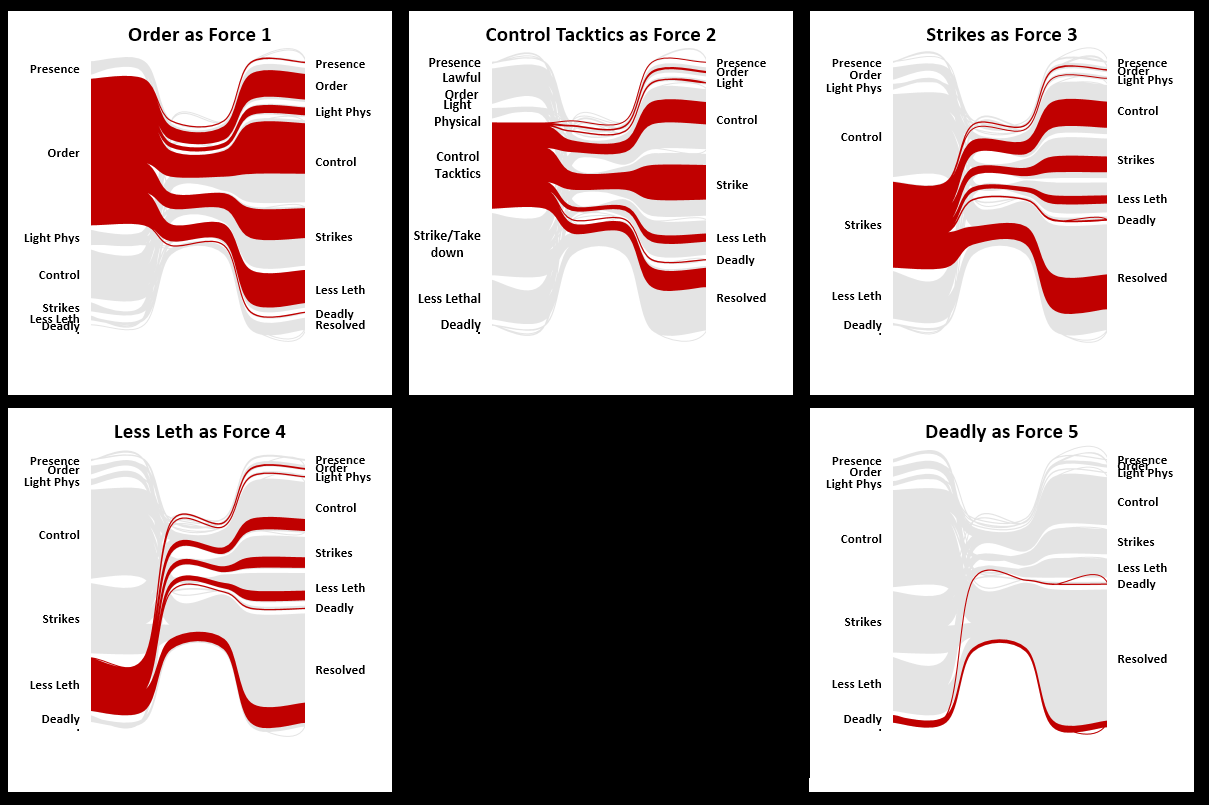
Promote transparency
P-FAS satisfies many of the recommendations from the President’s Task Force on 21st Century Policing that call for a better use of data and technology to increase transparency, build community trust and support innovation. Agencies use P-FAS to decrease inappropriate uses of force, increase internal accountability, and educate and engage the community about force issues.
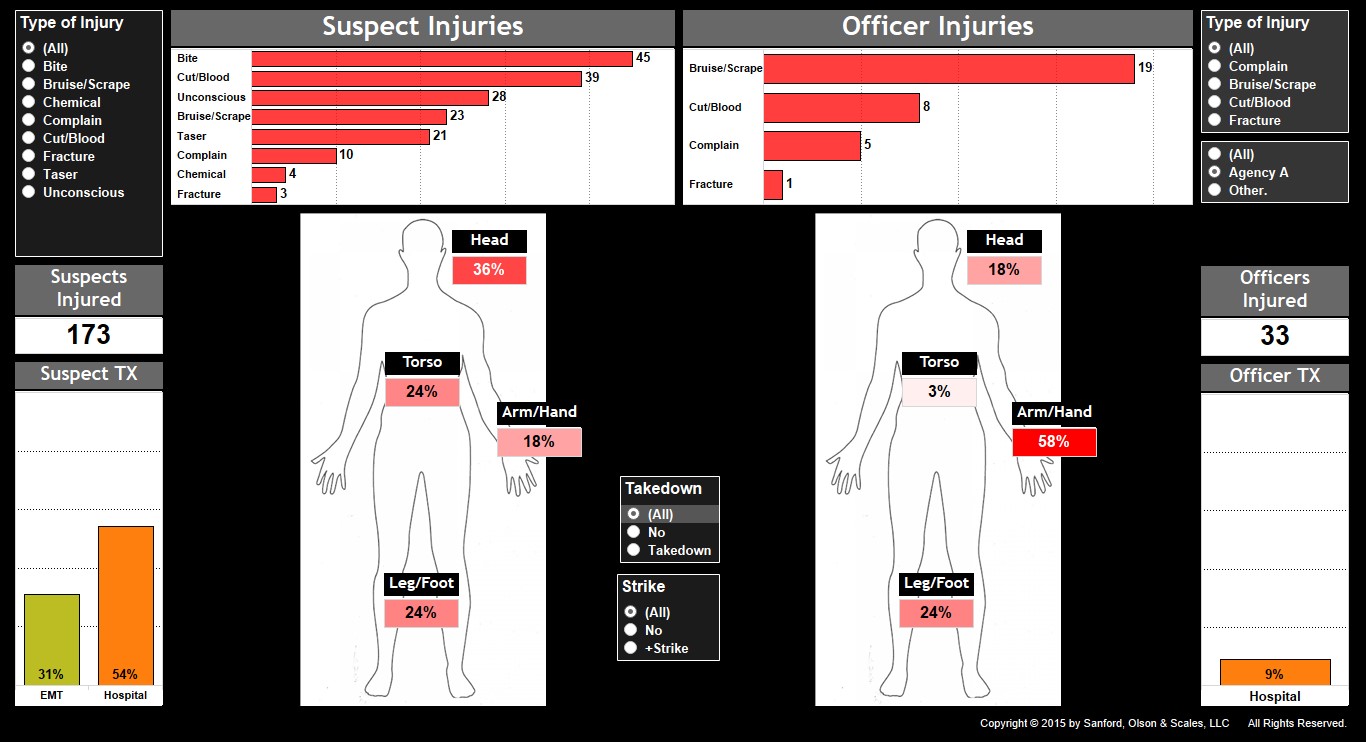
Best practices
P-FAS identifies an agency’s strengths as well as areas that may need improvement. P-FAS can evaluate the effectiveness of training programs and the impacts of new policies or procedures. P-FAS tracks force patterns and trends over time, stimulating problem solving and encouraging the development of evidence-based best practices.
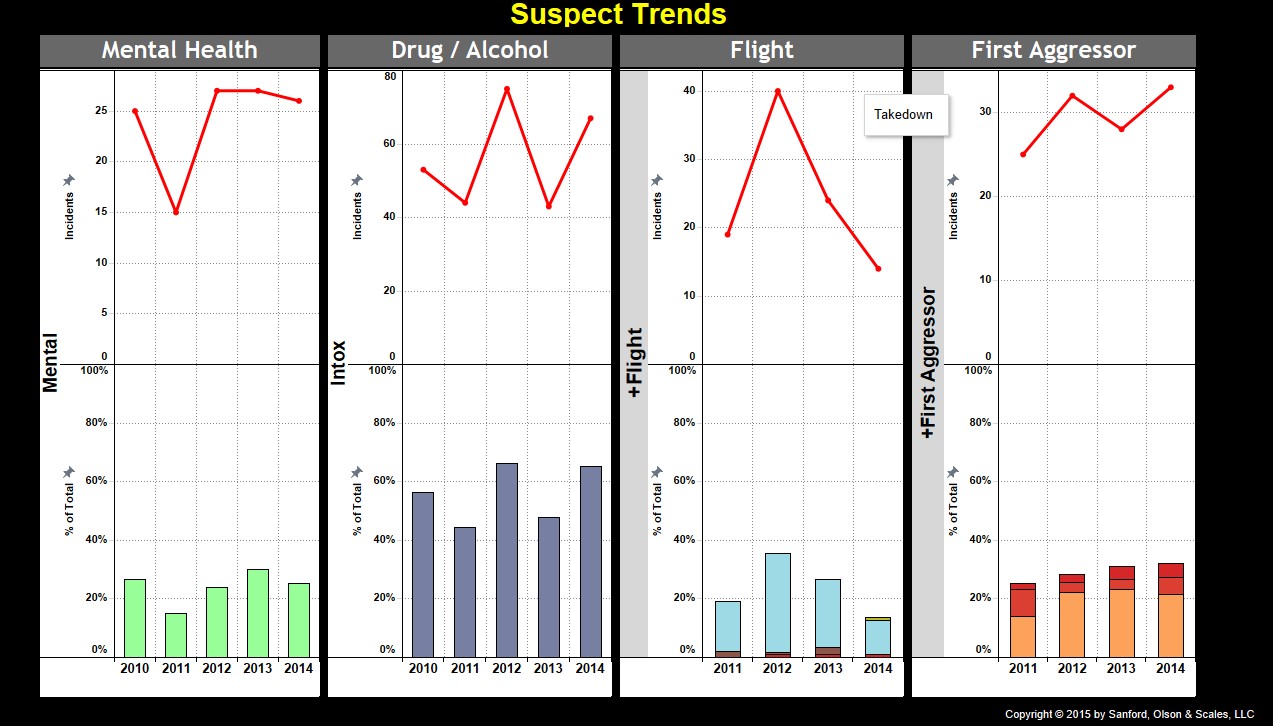
cost effective
The P-FAS pricing model is based upon on the size of the agency and the number of use of force reports to be coded. P-FAS can accept an agency’s incident reports in any format, so there is no need to invest in expensive IT systems or change existing forms or records management practices.
